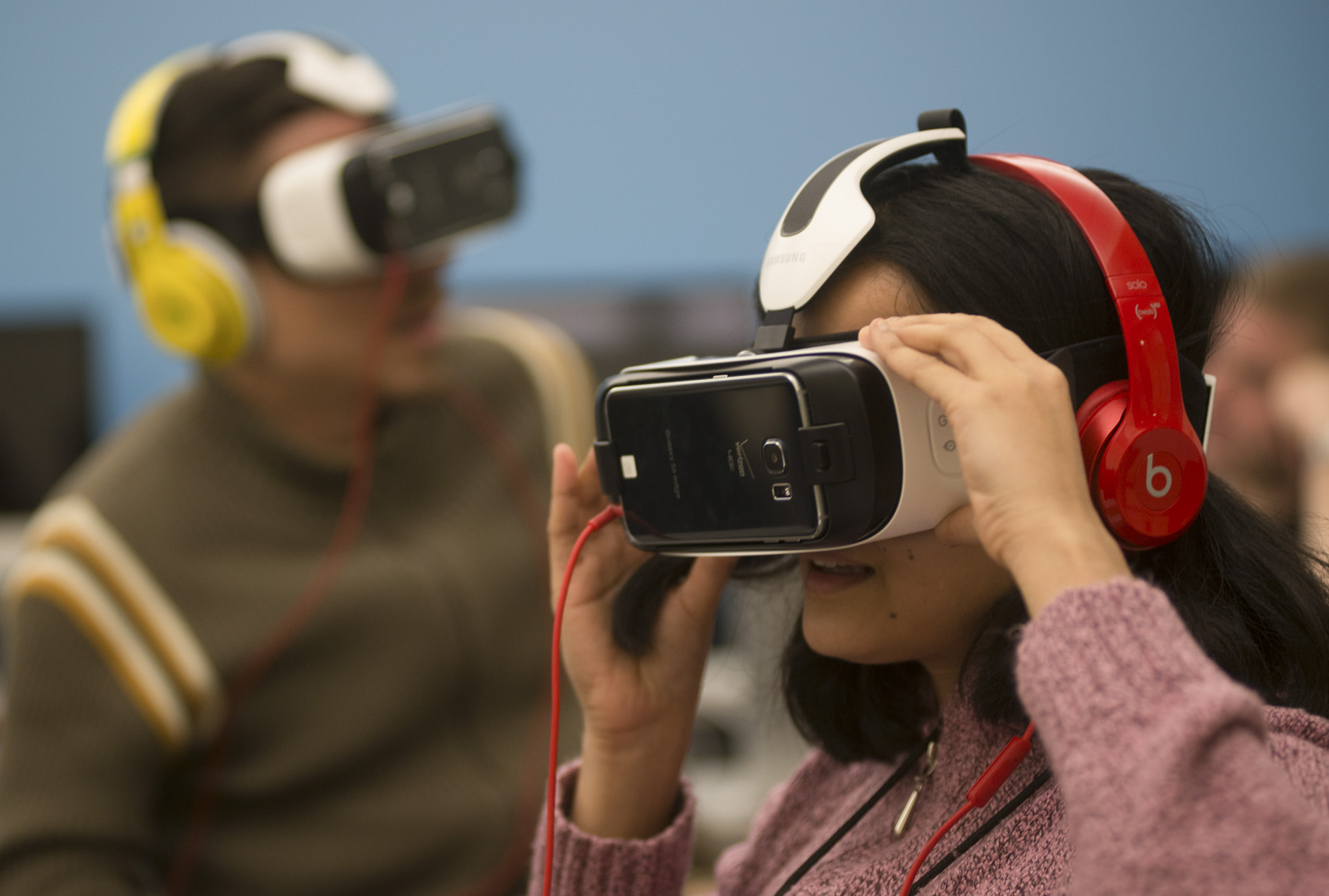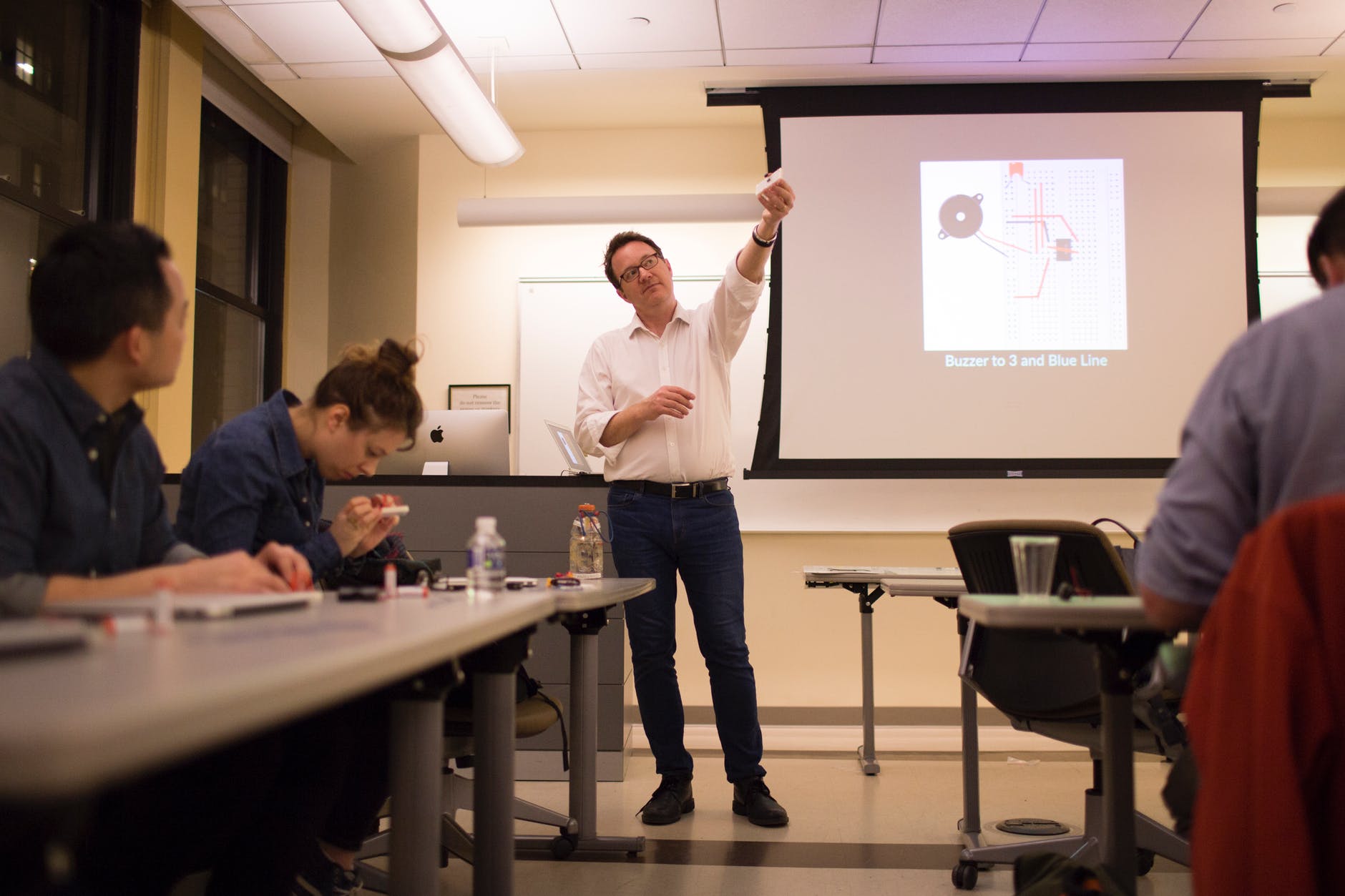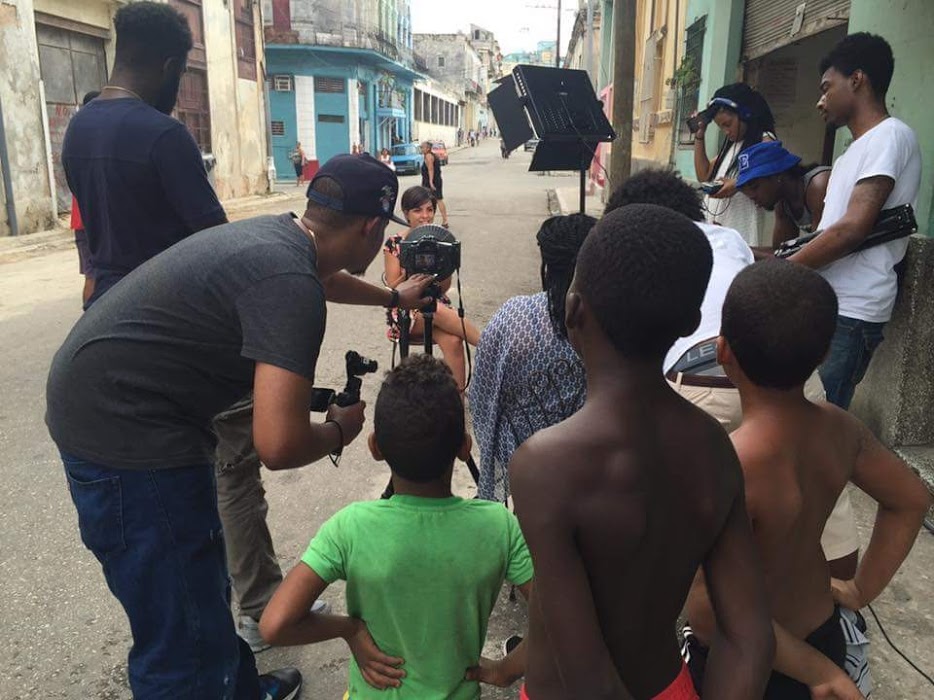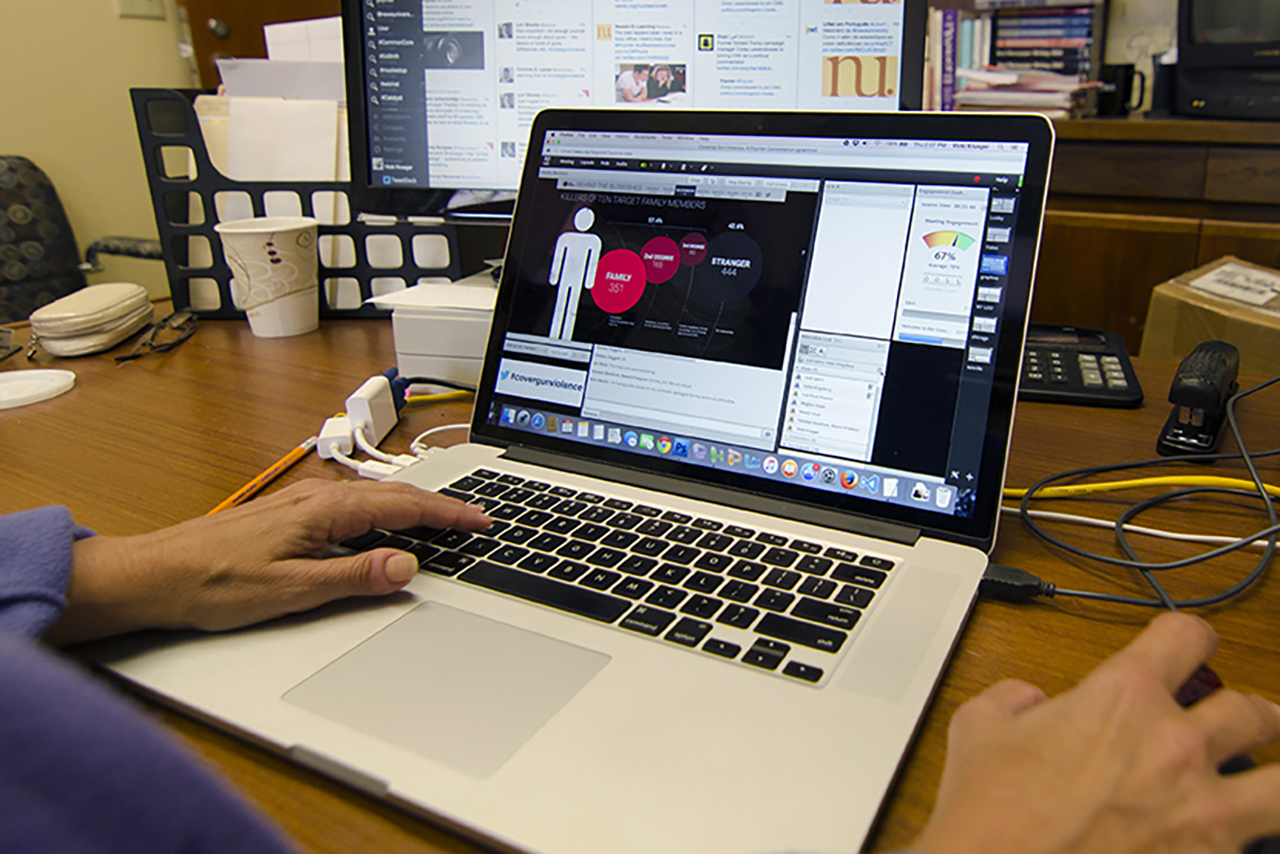
How the Tow-Knight Center at CUNY will ignite innovation throughout journalism
Jeff Jarvis is director of the Tow-Knight Center for Entrepreneurial Journalism at the City University of New York Graduate School of Journalism. Today Knight Foundation is announcing new support for the Tow-Knight Center.
Six years ago, when we started the Tow-Knight Center for Entrepreneurial Journalism at CUNY’s J-school, our bet was that innovation in the news business would come mostly from startups. The legacy industry was still resisting change, or at least still tenuous about it.
No longer. Now we see as strong a demand for innovation from big, old media companies as from small, new ones. So as we embark on our next five years at Tow-Knight — thanks to renewed support from Knight and Tow foundations — our center is expanding its focus to inspire and instigate change in established media companies as well as in startups and the classroom.
Our first grants enabled us to establish the world’s first degree and certificate in entrepreneurial journalism, a program now headed by Professor Jeremy Caplan. That program has had considerable impact on the curriculum for the school’s Master of Arts in journalism. And that’s how the center found itself in the position of becoming an incubator for new educational programs at the J-school.

Thanks to the the center, I was able to write a book — “Geeks Bearing Gifts: Imagining New Futures for News” — which proposed a relationship-based strategy for the news business, shifting away from mass-media business models and commodity-content models toward greater relevance, value and service. That thesis inspired our dean, Sarah Bartlett, to suggest a new degree in social journalism and its director, Carrie Brown, Ph.D., is now admitting its third class.
In Tow-Knight’s next phase, we are looking to create more new programs to teach innovation and leadership to rising executives in media companies (old and new), complementing the CUNY J+ professional development arm the center helped start, which is now headed by Marie Gilot. The center also plans to support experimentation with new teaching models, focusing on competency-based education. As we celebrate the J-school’s 10th anniversary, we at CUNY pride ourselves on still being a startup at heart. It is Tow-Knight’s job to help keep us young.
The center also made it its mission to help bring innovation to journalism education across the country. That is why for three years we have convened a community of entrepreneurial journalism educators. This field, which we helped create, has grown to the point that 60 to 80 educational innovators come to CUNY each summer to share ideas, best practices, problems and solutions.
That work with the community of educators inspired a key activity in Tow-Knight’s next phase: convening and supporting professional communities of practice. From our contacts in the industry and research we conducted on the skills needed by news companies today, we saw that many new job titles have emerged — among them, product development, audience development, social media management, live video production, virtual reality production and internationalization. We also saw from our own experience that one-off events and reports can accomplish only so much. So in Tow-Knight’s next phase, we are convening and supporting ongoing professional communities of practice for some of these new disciplines.

For example: We brought together 20 of the most senior audience development executives in new and old media companies to share best practices and compare notes on how they view their audiences, how they structure their organizations, and how they measure success. At Tow-Knight, under the leadership of the center’s general manager, Hal Straus, we will devote resources to helping the members of this community meet their goals, working on issues around platforms sharing data, inviting guests to speak with the group, answering members’ questions via a Slack channel, working with some of them on membership models, and reconvening them every six months. This is their community, not ours; we listen to their needs and then try to help them with the tools we have (which, it so happens, is the core value we teach in social journalism).
Thus, thanks to Knight’s and Tow’s continued support, we plan to close the circle: By supporting audience development leaders in the industry, we help connect the best in the field from startups and established media companies and hope to spur innovation in both. Because we have a seat at their table, we learn about the audience development skills they need from graduates of our social journalism program as well as from our entrepreneurial journalism, journalism M.A., and CUNY J+ programs, helping us keep our curriculum up to date. That, in turn, enables us to provide the most qualified candidates for the jobs the audience development executives need to fill. That is how we plan to bring together educational innovation, industry convening and thought leadership. That is the work Knight and Tow foundations make possible and we are grateful for their continued confidence and help.
Follow Jeff Jarvis on Twitter @jeffjarvis, and follow the Tow-Knight Center @tkcuny. For more, visit towknight.org.
-
Journalism / Article
-
Journalism / Article
-
Journalism / Article
-
Recent Content
-
Journalismarticle ·
-
Journalismarticle ·
-
Journalismarticle ·





